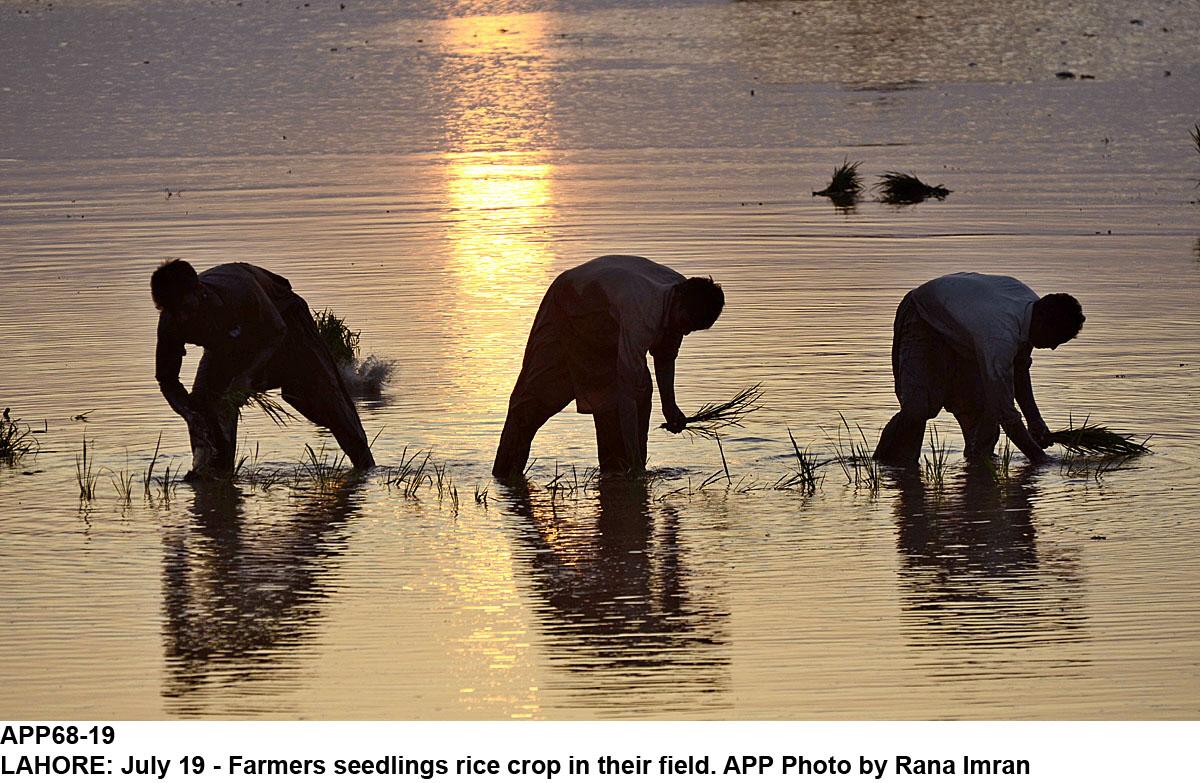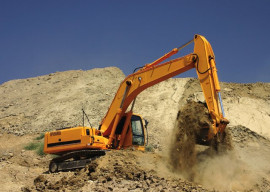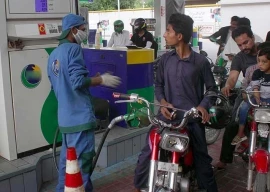
The agricultural insurance system is somewhat immature in the country. At the same time, while the crop loan insurance scheme was introduced in Pakistan in 2008, a large number of farmers did not have access to credit services. Therefore, they have to rely on traditional methods in order to manage the risks, which sometimes lead to huge crop losses given the uncertain climate patterns.
Indian farmers want to resume selling produce to Pakistan
In the backdrop of the scenario, an assessment of risk perceptions and attitude among cotton farmers in Punjab was carried out by Muhammad Amjed Iqbal, Qing Ping, Muhammad Abid, Syed Muhammad Muslim Kazmi and Muhammad Rizwan from the College of Economics and Management, Huazhong Agricultural University and Institute of Geography, University of Hamburg, Germany.
Punjab was selected as the study area on the premise that the province played a key role in the economic growth of the country by contributing 53% share to the total agricultural Gross Domestic Product (GDP) and 83% of cotton production.
Secondly, the cotton crop in Punjab has been highly exposed to various kinds of risks since the last decade. Most exposed risks are related to recent consecutive floods from 2010 to 2014 as these affected almost 11 districts; most of which districts are in Southern Punjab and fall into the cotton belt.
Police thrash farmers in Islamabad demanding relief
The study has been carried out in six cotton districts of the province with questionnaire-based interviews being conducted from 480 farmers in Bahawalpur and Bahawalnagar as a high cotton producing zone, Khanewal, and Vehari a medium cotton producing zones and Muzaffargarh and Rajanpur as a low cotton producing zone.
According to the results, farmers were generally aware of various kinds of risks to which the cotton crop was exposed and they also ranked those risks according to their observations and knowledge.
The results indicated that the average age of the farmers was 46 years with nine years of average educational background. On average, farmers had 23 years of farming experience. The distance of farm from the main city was 12 kilometres. The average farm size in the study area was found to be 17 acres. The study also found that about 77% of farmers show risk-averse behaviour to ensure high incomes. That was one of the reasons that most of them stuck to growing the cotton crop and did not change the type or variety even after losing out on several opportunities.
Farmers ranked high input prices, cotton diseases, flood and excessive rainfall as major risks to their crop. Moreover, the findings also indicated that farmers' perceptions and risk attitude were significantly influenced by various factors such as age, education, the location of the farm, off-farm income and access to market information. This implies that these factors are important to consider while developing and implementing risk management policies at the grassroots level. More investment on farmers' education and good access to institutional services, such as farm advisory services, could help farmers better manage the risks.
According to the research published in International Journal of Disaster Risk Reduction, the deficiency in information about local processes of how risk is perceived and managed is a big challenge for policymakers and researchers to design an appropriate risk managing system at the farm level. Therefore, in order to design an effective policy to support farmers in managing risk at the farm level, information on the local understanding of risks at farm level is required.
Published in The Express Tribune, September 20th, 2017.





























COMMENTS
Comments are moderated and generally will be posted if they are on-topic and not abusive.
For more information, please see our Comments FAQ